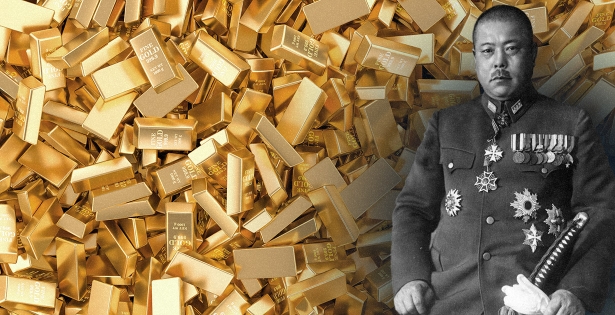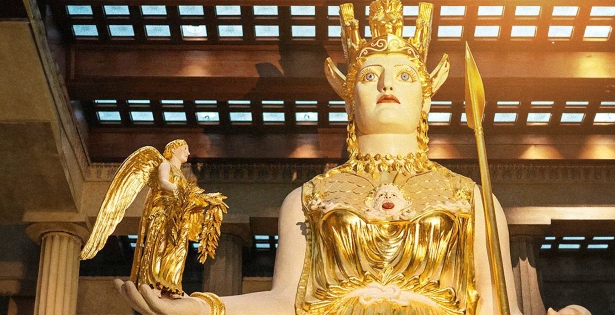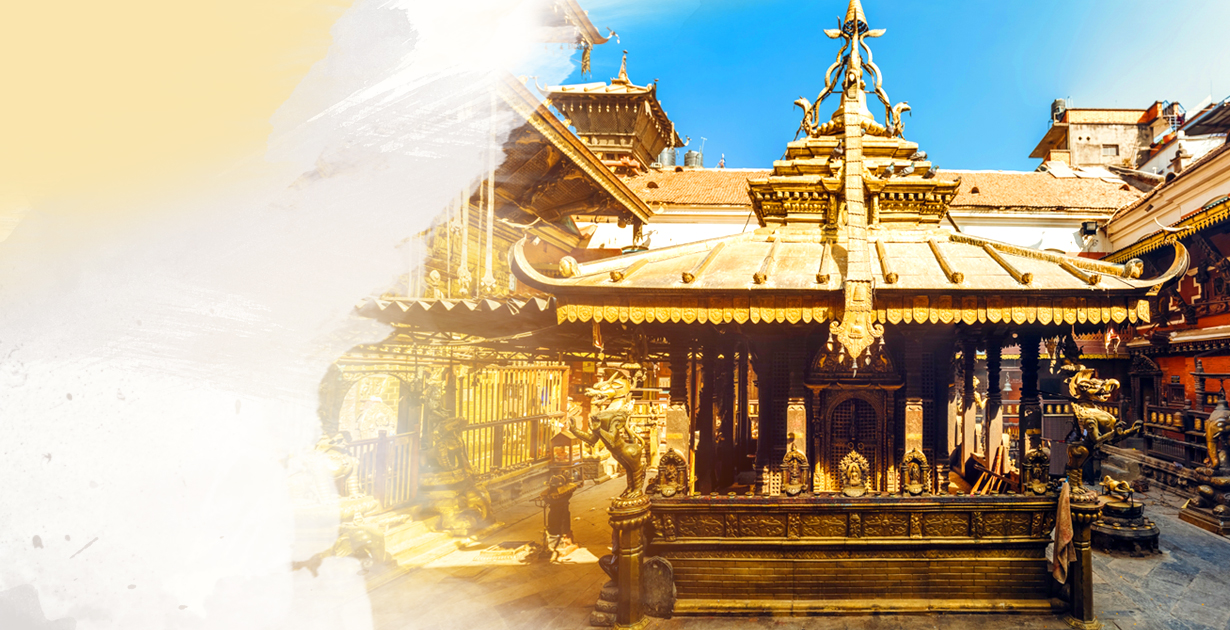
The Golden Shrine of Nepal
The Golden Temple, also known as Hiranya Varna Mahavihar, is the most significant site of the Kwa Bahal Buddhist monastery. The shrine is dedicated to the revered deity Buddha Shakyamuni and is located in Lalitpur, the central part of Nepal.
According to the ancient legend, the temple was built in the XII century, but the first written records of the religious shrine date back to 1410.
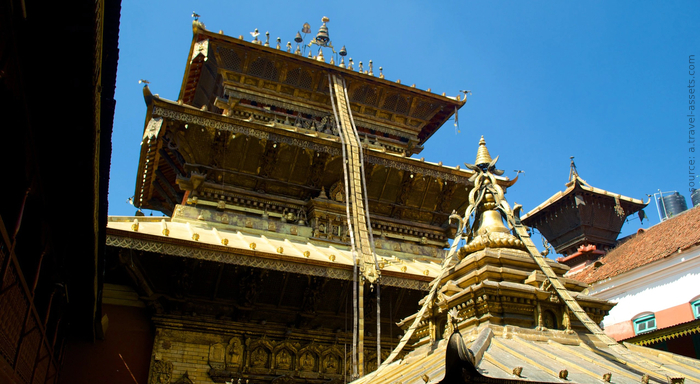
In the photo: a rectangular building is a three-tier pagoda, covered with gold leaf.
This architectural object strikes with the intricate details of the facade and opulent interior decoration.
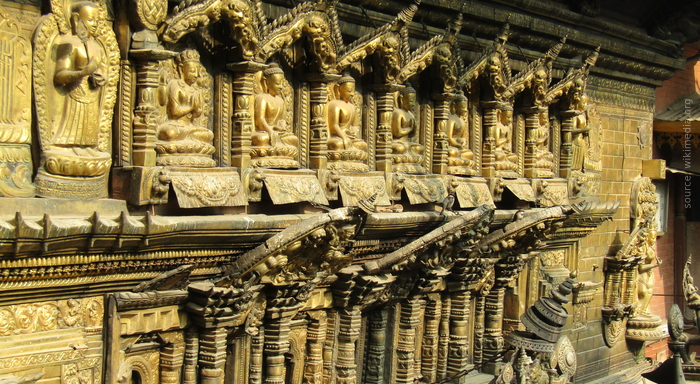
In the photo: the exterior of the facade is decorated with exquisite gold carvings and original artwork in the Tibetan style.
The building is decorated with gilded statues of mythological creatures and animal sculptures: monkeys, elephants and turtles. Turtles are considered symbolic guards of the sacred place.
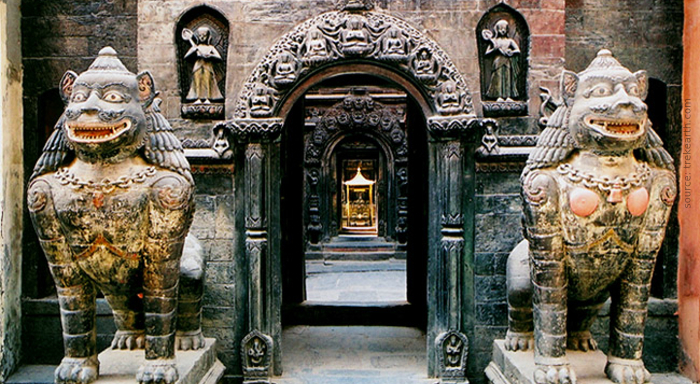
In the photo: the entrance to the temple is guarded by sculptures of two gilded lions, carved from stone.
A golden statue of Buddha Shakyamuni, which is banned from photographing, is placed inside the building in the altar zone.
Anyone can visit the religious shrine. The Golden Temple is considered one of the most visited attractions in the country and the most revered shrine among the locals.
Interesting facts:
-
The duties of the curator in the Golden Temple are carried out by a 12-year-old boy for a period of 30 days. Afterwards, another child takes his place.
-
You are only allowed to enter the temple barefoot.
-
It is forbidden to bring things made from natural leather into the temple - such items must be left at the entrance. This prohibition stems from the fact that a cow is considered a sacred animal in Nepal.
Read also: the golden St John's Co-Cathedral in Valletta.
